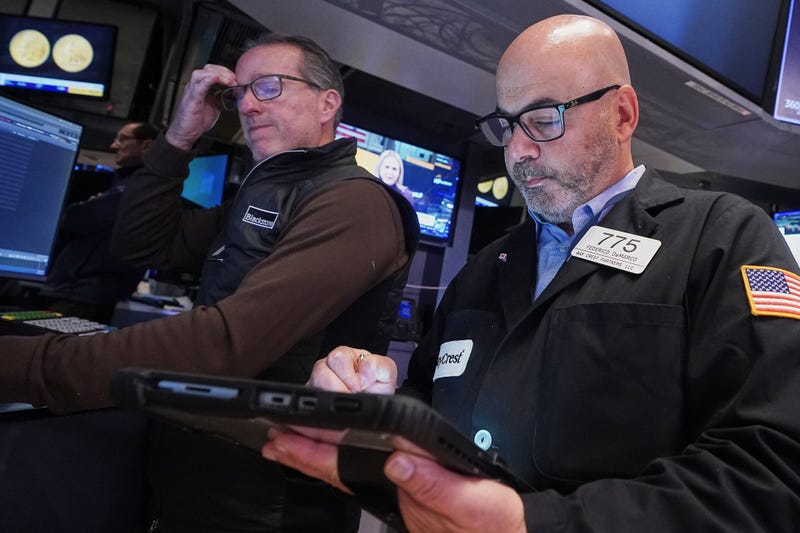
NEW YORK (AP) — The U.S. stock market is holding steadier on Wednesday, for now at least, ahead of a couple huge tests for Wall Street.
The S&P 500 rose 0.2% in early trading, coming off a four-day losing streak, its longest in nearly three months. It’s been shaky recently, not just day to day but also hour to hour, because of worries that stock prices have shot too high and that the Federal Reserve may not deliver as many revitalizing jolts through lower interest rates as expected.
The Dow Jones Industrial Average was up 26 points, or 0.1%, as of 9:35 a.m. Eastern time, and the Nasdaq composite was 0.3% higher.
Lowe’s helped lead the market and rose 3.7% after the home-improvement retailer reported a stronger profit for the summer than analysts expected. Constellation Energy climbed 3.6% after the U.S. Department of Energy said it’s lending $1 billion to help restart Constellation’s nuclear power plant at Pennsylvania’s Three Mile Island.
They helped balance against Target, which drifted between small losses and gains after reporting a stronger profit but also weaker revenue for the latest quarter than analysts expected. The retailer hinted that challenges may continue through the critical holiday shopping season.
But Wall Street’s focus remained squarely on Nvidia. Wall Street’s most influential stock climbed 2% to recover some of its loss for the month so far, which topped 10% on Tuesday. Traders are making their final moves before the chip company reports how much profit it made during the summer after trading ends for the day.
Much is riding on it.
Nvidia has grown to become the largest stock on Wall Street and briefly topped $5 trillion in value. That means its stock movements carry more weight on the S&P 500 than any other stock, and it can single-handedly steer the index’s direction some days.
It’s also become a bellwether for the broader frenzy around artificial-intelligence technology, because other companies are using its chips to ramp up their AI efforts. Palantir Technologies is helping customers to use AI, for example, while Amazon, Microsoft and others are pouring investments into AI data centers that will hopefully improve their productivity.
Worries have been rising that all the investment may not produce as much profit for companies as earlier hoped, and critics have been suggesting AI’s spectacular surge is similar to the bubble that enveloped dot-com stocks. That ultimately imploded in 2000 and dragged the S&P 500 down by nearly half.
Traders are also making their final moves ahead of a jobs report coming from the U.S. government on Thursday.
It will show many jobs employers created and destroyed in September, which earlier got delayed because of the government’s shutdown.
The job market has been slowing this year, enough that the Fed has already cut its main interest rate twice. Lower interest rates can give a boost to the economy and to prices for investments, but they also can worsen inflation. Some Fed officials have been hinting that they should take a pause on rate cuts at their next meeting in December, in part because inflation has stubbornly remained above the Fed’s 2% target.
What the Fed does is critical for the market because stock prices ran to records in part because of expectations for continued cuts to rates.
Treasury yields have been swinging in the bond market as traders rejigger their forecasts. The yield on the 10-year Treasury eased to 4.10% from 4.12% late Tuesday.
In stock markets abroad, indexes were mixed amid mostly modest movements across Europe and Asia.
___
AP Business Writers Yuri Kageyama and Matt Ott contributed.